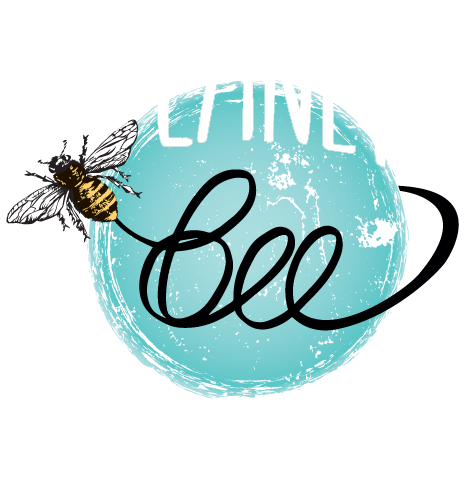The History of Beekeeping in America: Apis Mellifera Comes to the States!
- Planet Bee Foundation
- Jul 16, 2024
- 2 min read
Updated: Dec 2, 2024
Beekeeping, or apiculture, has deep roots in American history, intertwining with agriculture, culture, and the environment. From the arrival of European settlers to modern-day conservation efforts, the story of beekeeping in America is as fascinating as it is crucial to our ecosystem.

Early Beginnings
Beekeeping in America can be traced back to the early European settlers who brought beehives with them for honey production. The Native Americans, however, were already familiar with beekeeping practices using indigenous species like the stingless bee. The European honeybee, Apis mellifera, introduced by settlers in the 17th century, thrived in the diverse landscapes of the New World, transforming beekeeping into an integral part of American agriculture.
19th Century Expansion
During the 1800s, beekeeping expanded significantly across the United States. The invention of movable frame hives by Reverend Lorenzo Lorraine Langstroth in 1851 revolutionized beekeeping practices worldwide. This innovation allowed beekeepers to manage colonies more effectively, leading to increased honey production and the establishment of commercial beekeeping operations.
Honey Boom and Industrialization

By the late 19th and early 20th centuries, honey production became a booming industry in America. States like California, Florida, and Texas emerged as major honey-producing regions, benefiting from diverse climates and abundant flora that supported large bee populations. The Industrial Revolution further propelled beekeeping with advancements in hive designs, honey extraction methods, and transportation infrastructure.

Challenges and Conservation Efforts
The 20th century posed challenges to beekeeping in America, including the spread of pests and diseases affecting bee populations. The introduction of pesticides and habitat loss due to urbanization and monoculture agriculture also threatened bee colonies. These factors contributed to declines in native bee populations and heightened awareness about the importance of pollinators in ecosystems.
Modern Beekeeping and Conservation
Today, beekeeping in America stands at a crossroads of tradition and innovation. Hobbyist beekeepers continue to practice traditional methods, while commercial operations employ modern techniques for sustainable honey production and pollination services.
Conservation efforts focus on protecting bee habitats, promoting biodiversity, and raising awareness about the crucial role bees play in food production and ecosystem health.
The history of beekeeping in America is a testament to human ingenuity and our relationship with nature. From its humble beginnings with early settlers to its pivotal role in agriculture and ecology today, beekeeping continues to evolve. As we navigate environmental challenges and seek sustainable practices, the stewardship of bees and their habitats remains essential for the future of agriculture and biodiversity.
Corporate Bee Hive Program

Whether you're looking to strengthen workplace culture through corporate team building, reach philanthropic goals, or expand social responsibility initiatives, we've got you covered! This corporate team-building program not only supports the green directives of companies while bolstering teams but also creates widespread awareness of honey bees and native bee's importance while engaging in the conservation of these vital pollinators.

